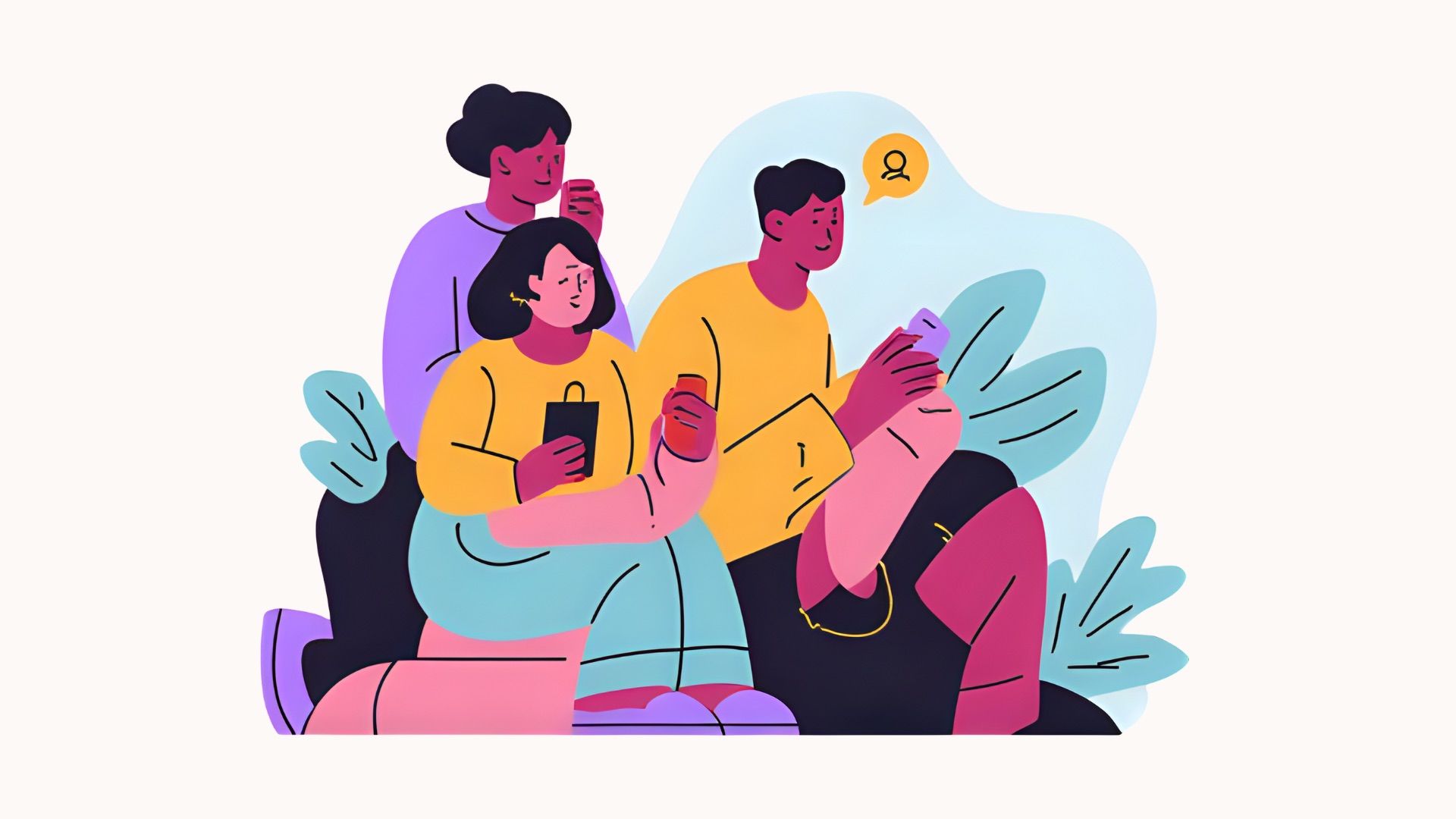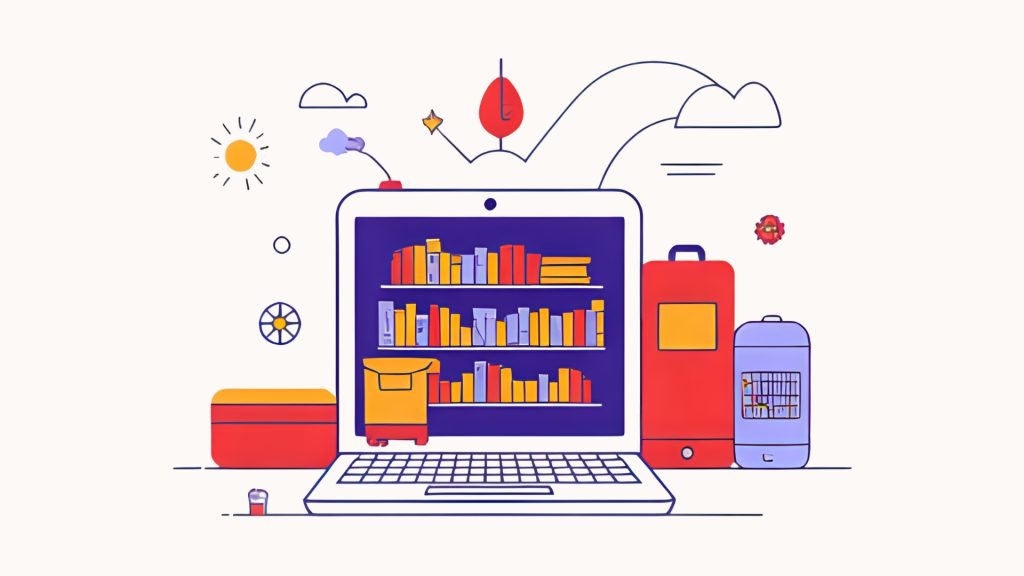Library in Your Pocket
Imagine carrying a library in your pocket. One that allows you to browse shelves, attend workshops, and discover new ideas anytime, anywhere. This is no longer a futuristic vision, but a reality. And today’s public libraries are evolving beyond the traditional brick-and-mortar buildings they once were into dynamic, accessible hubs that meet users anywhere — transforming the way communities create, connect, and learn.

Meeting Users Where They Are
In the past decade, mobile technologies have dramatically reshaped how libraries serve patrons. Smartphones, tablets, and other mobile devices now enable discovery, learning, and creative sharing without ever stepping into a library. Stephens (2016) emphasizes that mobile access allows libraries to meet users on their own terms, aligning services with modern expectations of immediacy, convenience, and constant connectivity. By offering mobile-friendly catalogs, apps, and digital resources, libraries integrate seamlessly into the daily lives of their communities — embedding themselves directly into the routines of users.
Bridging Technology Gaps
The benefits of mobile technology in libraries are practical and profound. Deloitte (2018) shows that most adults carry smartphones daily, making them ideal tools for library services. However, not everyone owns a device or has reliable internet access. Watson (2023) explores smartphone lending programs that bridge these gaps by giving underserved patrons access to essential digital resources. Similarly, Furbee (2023) describes sit and surf initiatives that encourage casual, flexible use of mobile technology for learning. These programs reflect a broader trend toward hyperlinked, accessible libraries (Stephens, 2015) where physical and digital collections work together to support discovery and engagement.

Engaging Patrons with QR codes
Mobile tools create exciting opportunities for young patrons. QR codes, for example, allow instant access to book recommendations, multimedia resources, and event information. Jenson (2022) demonstrates how QR codes facilitate readers’ advisory directly in the stacks, creating a seamless, interactive experience for teens and young adults who expect information at their fingertips. Burton, Burton, and Archer (2017) expand this idea with proximity beacons that link physical library spaces to virtual content and merge in-person discovery with digital exploration.
Expanding Learning and Creativity
Mobile technologies enhance creativity and learning beyond access. Patrons can document projects, attend virtual workshops, and share knowledge across platforms. Weinberger (2014) envisions a future where ideas flow freely, unconstrained by physical boundaries. Stephens (2015) describes libraries as hyperlinked centers of connection that blend tangible and digital collections to foster collaboration, innovation, and lifelong learning.
Promoting Equity and Access
Equity is another critical benefit of mobile technologies. Silver (2019) and Watson (2023) highlight persistent disparities in device ownership and internet access. By providing the tools, lending devices, and designing mobile-optimized services, libraries ensure that all patrons participate fully in the digital age — reinforcing their role as a community equalizer.

Libraries Beyond Walls
Ultimately, mobile technologies transform the library from a physical location into a flexible, interactive experience. Discovery, creativity, and learning are no longer limited by location. Hyperlinked services, mobile lending, and QR codes allow users (especially younger patrons) to explore, create, and share wherever they are.
The library is no longer just a building. It’s become a companion, a guide, and a gateway to lifelong learning — all in your pocket.
____________________
References
Burton, K. T., Burton, J., & Archer, A. (2017). Using proximity beacons to connect physical & virtual library spaces: A case study. Library Hi Tech, 35(4), 656–670. https://doi.org/10.1108/LHT-07-2017-0140
Deloitte. (2018, September 28). Mobile consumer survey 2018: The UK cut: explore how the mobile landscape is going through a disruption and the likely impact on it in the next five years. Deloitte. https://www2.deloitte.com/au/en/pages/technology-media-and-telecommunications/articles/mobile-consumer-survey-2018.html
Furbee, B. (2023). Sit and surf: Flexible learning in modern libraries. Public Libraries Quarterly, 42(1), 45–59. https://doi.org/10.1080/01616846.2023.1987654
Jenson, K. (2022). Using QR codes for RA: Helping patrons find new book recommendations in the stacks. Young Adult Library Services, 20(3), 12–18.
Silver, L. (2019, February 5). Smartphone ownership is growing rapidly around the world, but not always equally. Pew Research Center. https://www.pewresearch.org/global/2019/02/05/smartphone-ownership-is-growing-rapidly-around-the-world-but-not-always-equally/
Stephens, M. (2016). Mobile at the library. In The heart of librarianship (pp. 43-46). ALA Editions.
Stephens, M. (2015). Serving users when and where they are: Hyperlinked libraries. Library Journal, 140(10), 28–31.
Watson, K. (2023). Libraries on call: Smartphone lending program bridges technology gaps. Public Libraries Online. https://publiclibrariesonline.org/2023/05/libraries-on-call-smartphone-lending-program-bridges-technology-gaps/
Weinberger, D. (2014, September 22). Let the future go. The Digital Shift. http://www.thedigitalshift.com/2014/09/digital-libraries/let-the-future-go/
*images created by author in Canva
